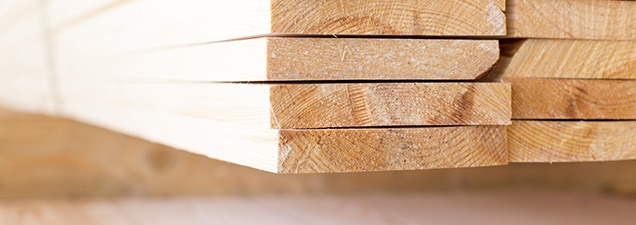Why Wood?
Our very understanding of the world as we know it has been touched by forests, wood and wood products. Our homes, flooring, furniture and fuel, provide us with the warmth of our surroundings and a connection to a natural resource that has been with us since the very beginning.
Today, wood’s responsibility in the supply chain is to serve as a fundamental and sustainable part of moving goods from one point to another safely, quickly, and efficiently. Wood pallets and wood packaging truly do move the world millions of times each day, and it’s done sustainably.
From Cradle-to-Grave, Wood Pallets are Environmentally Favorable
There is no other commonly-used building material that requires so little energy to produce as wood. Thanks to the sun and photosynthesis, trees are able to use an abundant natural resource to capture CO2 in the air. Combined with water from the soil these plants produce an amazing organic material, wood.
Naturally, wood pallets and packaging are almost completely made out of wood and wood’s strong environmental credentials have been captured in various Life-Cycle Assessment studies and Environmental Product Declarations (EPDs).
The 2020 Environmental Product Declaration for U.S. Wooden Pallets, American Hardwood Life Cycle Assessment and the Canadian and American Wood Council’s Environmental Product Declaration further the clear, fact-based, scientifically proven, and independently third-party verified environmental attributes of choosing wood.
According to the CEI-BOIS, here is a great example of the real-life benefits of using wood over alternative materials:
“Every cubic meter of wood used in buildings, has captured almost one ton of CO2 from the atmosphere. Moreover, every cubic meter of wood used as a substitute for other building materials reduces CO2 emissions by an average of one ton. As a result, significant benefits in mitigation of climate change can be gained.”
North America’s forests are now growing at twice the rate of what is removed for consumer use. Collectively we are planting significantly more to further expand this forest cover, which has already grown by 11.3 million acres in just the last ten years, the size of New Hampshire and Vermont combined. Each year 1.7 billion trees are planted in the United States – more than five trees for every man, woman and child in America – an average of 4.8 million seedlings each day, assuring the rapid expansion of forest cover will continue for generations to come.

